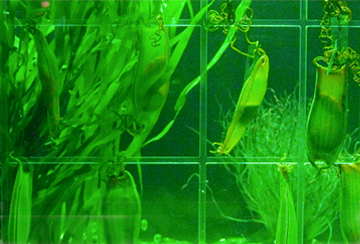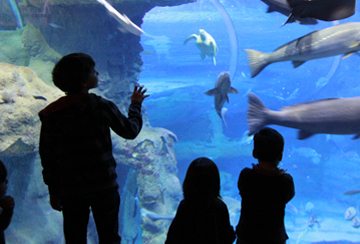CURIOSIDAD
Y EL MAR

HISTORY
HISTORY
CHRONOLOGY OF 100 YEARS OF THE SOCIETY OF OCEANOGRAPHY GIPUZKOA
The Gipuzkoa Oceanographic Society was founded on 19 September1908, with the purpose of developing and boosting the rapidly developing scientific discipline of oceanography, as well as studying submarine topography, meteorology, currents, sea biology, etc. It also aimed to improve fishing and by proxy, the way of life of fishermen and sailors.
According to its founding statutes, the Society was created with the aim of contributing to the development and advancement of Oceanography and to apply knowledge gained from some of its disciplines to areas as important in our society as fishing, boating, etc. Its scope of action was limited, at least at its outset and in keeping with its title, to the section of sea off its coastline.
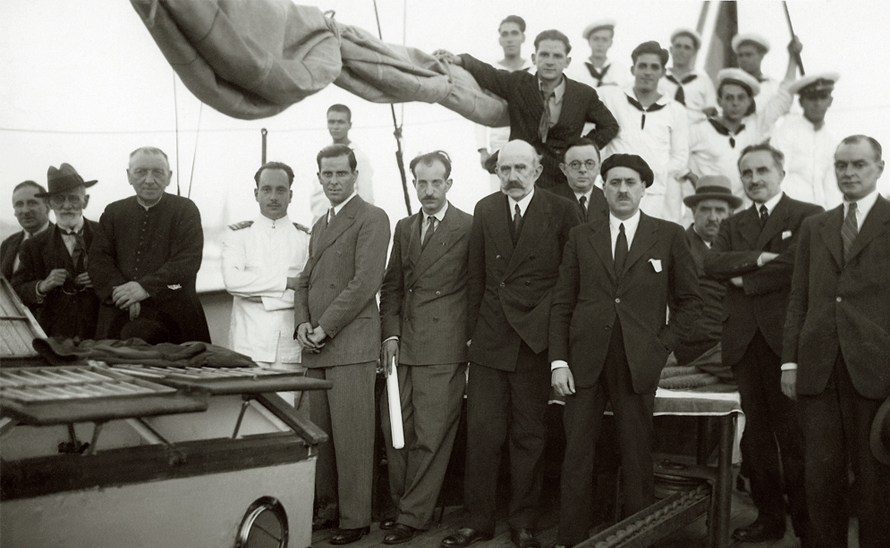
The laboratory was officially launched on 20 January 1910, for the analysis of data collected at sea and the treatment of specimens for their proper conservation, subsequently expanding the scope of its research to other aspects of oceanography and marine biology.
A year later, in 1911, it was agreed to publish a quarterly newsletter as an body of the Gipuzkoa Oceanographic Society the first of its kind in Spain, with the key intention of disseminating modern knowledge in relation to oceanography, meteorology, fishing and fish restocking. This has been published on a regular basis since 1923. From that date forward, the Society focused on the enormous effort invested to build the Aquarium – Palacio del Mar, with the publication of certain specific works, monographs.
On 9 January 1912, the School of Fisheries of the Gipuzkoa Oceanographic Society was launched in the San Pedro de los Mareantes church school hall at the San Sebastian harbour, the first of its kind in Spain at this time.


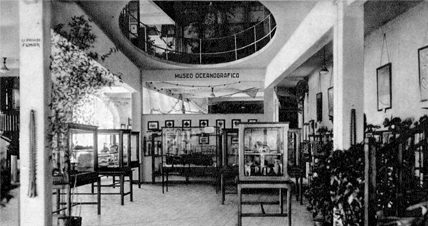
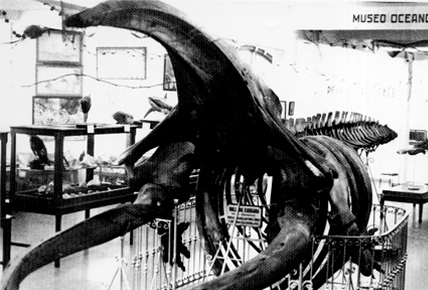
The Gipuzkoa Oceanographic Society was very actively involved in the organisation of the Historic Naval Oceanographic Exhibition in 1913. The success of the exhibition, entailing the collection of high-quality pieces as well as promoting maritime and historical studies, brought about two other significant ideas within the heart of the Society: the celebration of the fourth centenary of the first around-the-world journey, headed by Elcano in 1522, and the founding of the Basque Naval Historical Museum.
In 1915, a very young and promising oceanographer, Fernando de Buen, son of renowned naturalist Odón de Buen, director of the Spanish Institute of Oceanography, joined the laboratory. The father and his two sons, Fernando and Rafael, are the authors of the majority of the marine biology and physical and chemical oceanography articles published by the Gipuzkoa Oceanographic Society newsletter, which was headed by Fernando for several years.
On 22 September 1925, the first stone of the Palacio del Mar was officially and solemnly laid. While this was an excellent location for the supply of clean seawater, great care had to be taken due to its rocky location, exposed to the most violent atmospheric phenomena. On 1 October 1928, the Palacio del Mar-Aquarium was officially launched, with the visit of Alfonso XIII and Victoria Eugenia, who were greeted at the door by Vicente Laffitte, former President of the Oceanographic Society Newsletter for 25 years and an essential figure for understanding the history of this century-old institution
The daily temperature of the sea started to be taken in 1947. The Gipuzkoa Oceanographic Society had the most comprehensive sea temperature register in all of the Basque Country at the turn of the 21st century, at a time when climate change was a constant topic of conversation.
The San Sebastian Aquarium became a landmark and much loved place over several decades and much loved by locals from San Sebastian and Gipuzkoa. While many events took place over the years, the expansion work that were completed in 1998, resulting in a 360º tunnel and many more aquariums dedicated to Atlantic and tropical fauna, undoubtedly marked a radical change of its direction, making this aquarium a benchmark, not only locally but also nationally and abroad.
This overhaul project underwent its final phase in 2008, with work taking place on the older natural sciences, display rooms and old aquarium areas. The building structure has been reinforced, with the opening of another access from the dock, saving the previous architectural barriers. The store was also relocated, alongside the construction of a lift that linked the Port with the Paseo Nuevo, bridging the gap that prevented many people from completing the route to the Urgull mount.

While the Aquarium has been and continues to be a major attraction, it is also a museum, a living museum, a piece of the sea (and river) that can be put on display in the museum, with the planning and scheduling of events within museological and scientific criteria. The inclusion of a chemical and three biological laboratories in the new building are evidence of the hard work and seriousness that can be appreciated by the public visiting the aquariums
The museum and aquarium, each with its own resources and potential, have the following purpose: first of all, to compile and order all facets of marine life, followed by a teaching focus, in order to allow us, the public, to learn, enjoy and be aware of the enormous natural and cultural heritage that we are surrounded with, as well as about its value and its fragility, and the importance of passing it on to future generations.
On 21 November 2002, the General Assembly of the Society approved the establishment of a parallel entity, the GIPUZKOA OCEANOGRAPHIC FOUNDATION that took over the management of the important heritage accumulated since its creation. This is a non-profit organisation which simplifies, facilitates management and increases control over resources. This has been a qualitative move, denoting the social, cultural as well as the economic importance (as a top class tourism agent) not only of the Gipuzkoa Oceanographic Society as such, but also of its main heritage, namely, the museum and aquarium housed in the Palacio del Mar.
In 2006, the Aquarium of San Sebastian launched another initiative within the European Atlantic framework: the Master of Marine Biology in collaboration with Southampton University, University of the Basque Country (EHU / UPV), University of Bordeaux, University of Liege and AZTI-Tecnalia.
The world we live in today is very different to how it was one hundred years before, with the Gipuzkoa Oceanographic Society and its successor the Gipuzkoa Oceanographic Foundation having undergone many changes for the better compared to a century ago, at least in everything related to the sea, thanks to how the Aquarium has worked and continues to work in order for the sea to remain part of our lives, one of our main defining features.



